The anatomical basis of Upper Motor Neuron Lesion (UMNL) has already been discussed earlier. Similarly, we will explain the anatomical basis of clinical syndrome of Lower Motor Neuron Lesion (LMNL). A. Ipsilateral involvment: Lower motor neuron comprises of motor neurons in the anterior neurons and the fibers originating from them,…
Author: Epomedicine
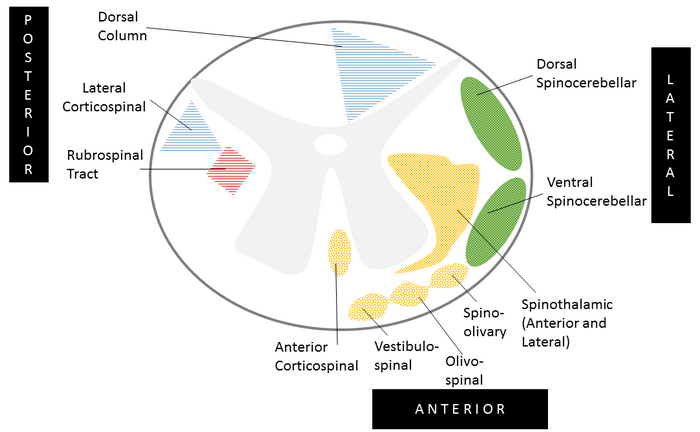
Spinal Tracts Simplified
Organization of Ascending and Descending Tracts in Spinal Cord A. 2 Posterior Tracts: The fibers of these tracts cross to the opposite side at the level of medulla: B. 2 Lateral Tracts: The fibers of these tracts remain on ipsilateral side: C. 2 Anterior Tracts: The fibers of these tracts…
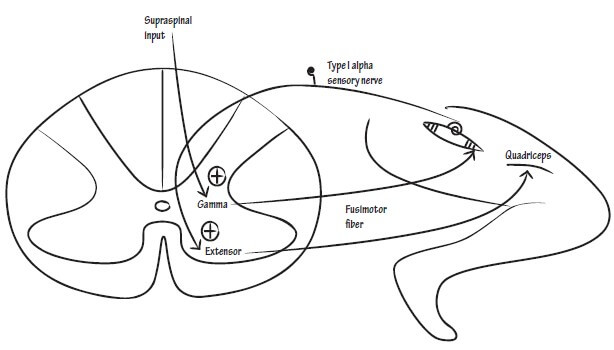
Upper Motor Neuron Lesions (UMNL) – Anatomical Basis
For the purpose of remembering the clinical manifestations of upper motor neuron lesion (UMNL) and lower motor neuron lesion (LMNL), a mnemonic has already been devised and discussed here. Now, it’s time to understand the anatomical and physiological basis of these manifestations. Upper Motor Neuron Lesion (UMNL) Syndrome Acute Manifestations…

Prostate – Applied Anatomy
Embryology and Development of Prostate Gland Time: During 3rd month of gestation Fetal testosterone is converted by 5α-reductase into 5α-Dihydrotestosterone (DHT). This hormone stimulates urogenital sinus mesenchyme, which in turn stimulates formation of prostatic buds (endodermal outhgrowths) from posterior urogenital sinus epithelium. Prostatic buds invade into urogenital sinus mesenchyme. Differentiation:…
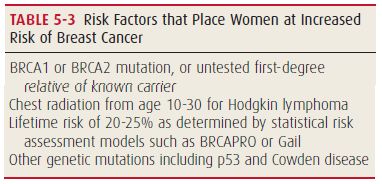
Breast Cancer Screening
ACS recommendations (2015) For women with average risk: 40-44 years: mammogram on patient’s choice 45-54 years: mammogram yearly >54 years: mammogram 2 yearly or yearly based on patient’s choice Women must be informed on the benefits and harms of mammographic screening Regular clinical breast exam and breast self-exam are not…
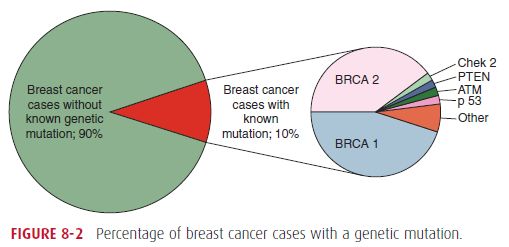
Breast Cancer Risk Factors with Mnemonics
EPIDEMIOLOGY OF BREAST CANCER Incidence: In general, less industrialized nations tend to have lower rates of breast cancer, with Japan being an exception to this rule. The highest rates are seen in Europe and North America. Age at onset: Race: incidence is higher among white women than African- American woman, but the mortality is higher…
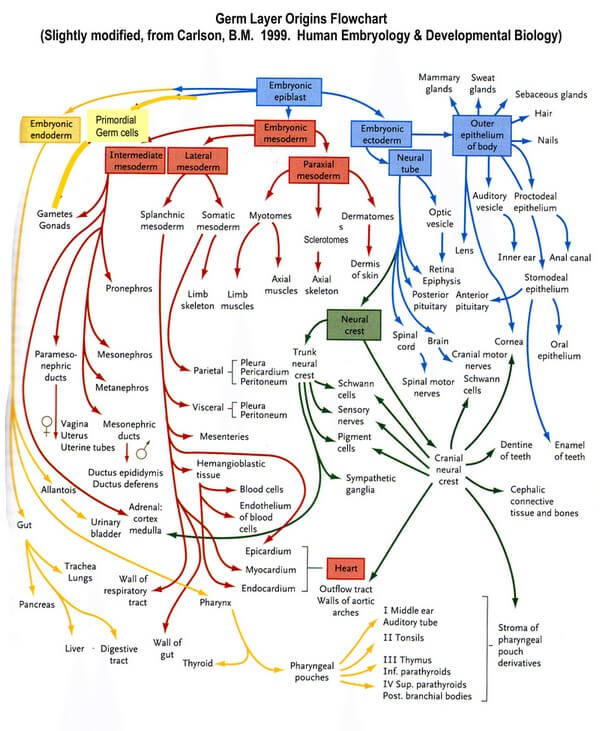
Germ Layer Derivatives – Mnemonics
Principle of Germ Layer Segmentation Ectoderm gives further rise to neuroectoderm and neural crest cells. Endoderm remains intact. Mesoderm gives further rise to paraxial mesoderm (somitomeres and 35 pairs of somites), intermediate mesoderm, and lateral mesoderm: General Rule for Germ Layer Derivatives Ectodermal derivatives: 1. Everything that makes you attractive: Skin, hair,…
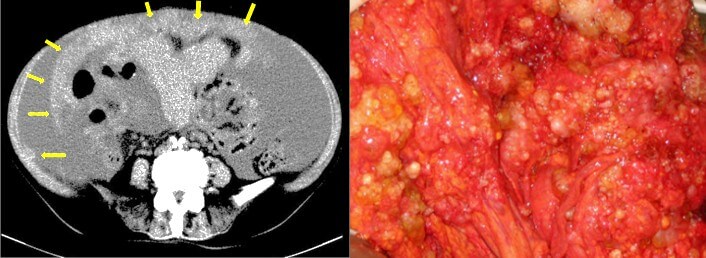
Omental Cake
Definition of Omental Caking Thickening of the omentum resulting from localized or diffuse infiltration of omental fat by soft tissue density mass is referred as “omental caking”. It is a radiological sign, which is often identified in CT scan. Involved Anatomical Structure in Omental Caking Greater Omentum – an extension of…